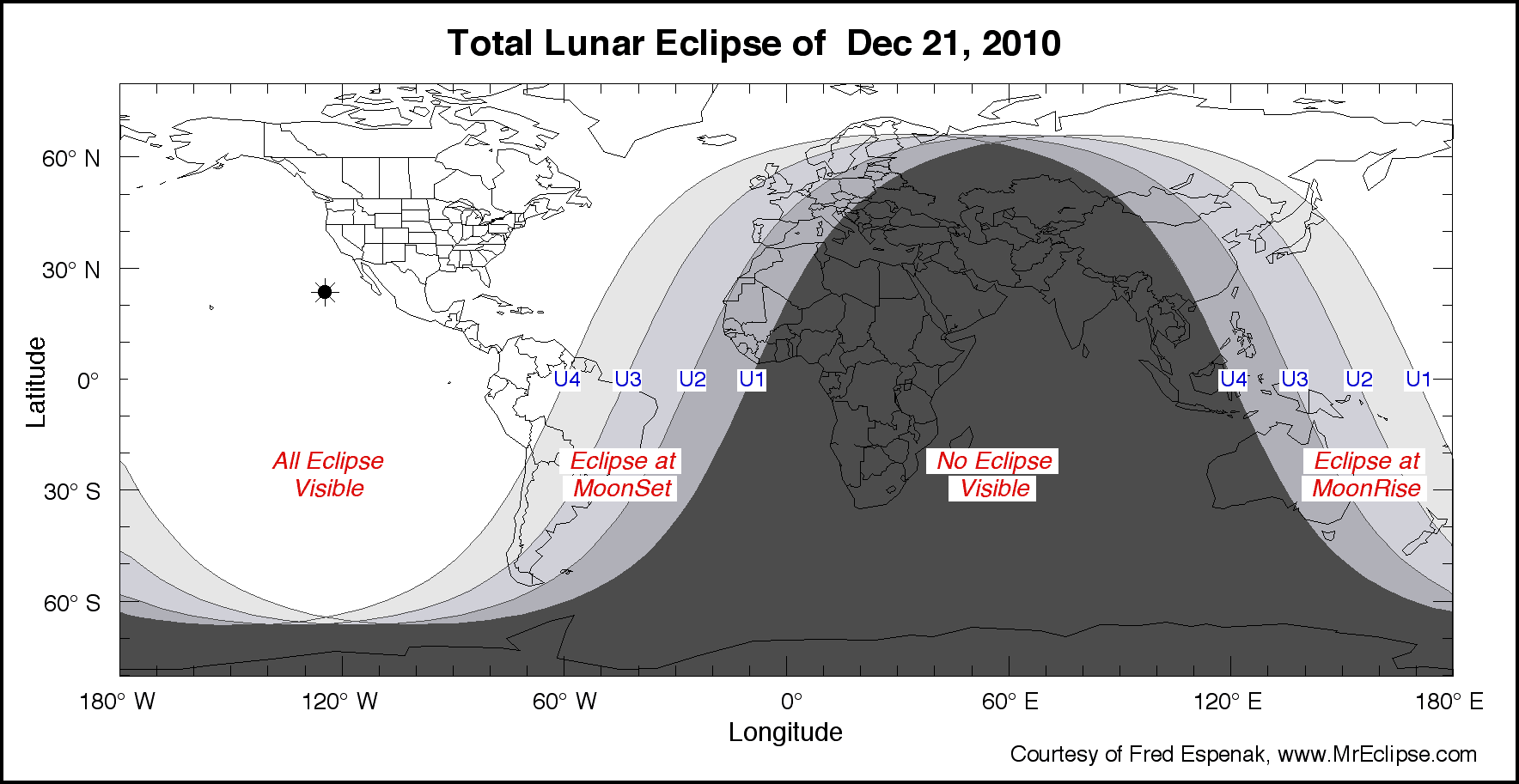Twinn
Tuesday Morning in a Parallel Paradise
An eclipse is a slit-window on the workings of eternity. When our two nearest planetary bodies - the sun and the moon - come into alignment with the earth, the dowser can sense, even measure, changes to the energy environment that are not perceptible at any other time. Eclipses are elemental events.
Those of you who have been following the epic sagas of the Dartmoor Duo, will know that on various previous occasions, my wife, Ros, and I have dowsed at a number of full solar and lunar eclipses - with interesting, often unexpected results. What we had never tried before was a partial eclipse. Would we find partial changes to Earth Energies, or nothing at all? As ever with dowsing, it pays not to guess too much, but just to let the rods answer your questions.
The eclipse of the moon on the winter solstice in 2010, was only partially visible from the UK. It was even more partial from our back garden, as some thoughtless property developer had built a bungalow right in the way of the view of the later stages of the early morning spectacle - albeit in 1935. Deep snow and fierce ice prevented us from going to higher ground - which, of course, is exactly what the dowsing divinities had intended. From our hall and our kitchen we could do more useful dowsing than anything we could have achieved on some spectacular, but bleak, midwinter moorland.
By way of preparation for the forthcoming frosty fiesta, I had measured two of the tried and trusted earth energy lines in our house. The one in the hall (H) was 95cm wide and the one in the kitchen (K) was 121cm wide. I then re-measured both lines after I had inter-reacted with them for a while, just in case my eclipse readings were affected by my own involvement. H had a maximum reaction width of 229cm and K 258cm.
On the day of the solstice eclipse, I went outside at 06:30, to be greeted by the clearest, coldest, stillest morning. Within a few minutes, the shadow of the earth cast the very edge of the full moon into a surreal shadow - not the distinct dark bite that you see in a full lunar eclipse, but just a kind of greying out, rather like an inoperative function on a computer menu.
Taking photos at a full solar eclipse is all but impossible, unless you have the pukka equipment, but would it be possible in the limited light of a crisp midwinter morning? Well, just. We watched as the darkening moon slid tantalisingly down the roof of the house behind us, and we managed just one priceless photo. Perched on the top step of my Dadís wobbly old stepladder, on the icy path, and with Ros hanging on tight to the frame below me, I was desperately trying to keep my unsupported pocket camera steady on full telephoto. Some things just seem to be meant to happen. I had recently given our great apple tree a thorough, but thoughtful, pruning - but it still managed to thrust one defiant twig into the timeless image of the dancing planets passing in time and space.
With the spiritual setting of the moon, we came back into the (relative) warmth, to attempt some serious science. I had already asked if H and K were affected more by solar or lunar influences. On a scale of 1 to10, where lunar is 1 and solar 10, H came out as 1.8 (mostly lunar) and K as 7.4 (mainly solar). Would this make a difference?
The first surprising finding was that at the maximum eclipse (only partially visible from the UK, remember), both lines narrowed to exactly 12cm. They did not disappear, as we had found at total solar eclipses previously. It was also surprising that both lines shrank to the same width, even though they had been quite different strands prior to the event.
The fact that one was more solar and the other lunar in influence made no difference to the ultimate measurement, but it did seem to affect the rates of change. At total eclipses we had seen a very slow build up as the eclipse started, with a precipitous collapse of the width of the line immediately prior to totality. Here, at the partial eclipse, the narrowing (and subsequent widening) took place more gradually. Interestingly K (the solar line) moved back to its original width much more slowly - only reasserting itself fully at the very end of the partial eclipse. Was this because we were facing the moon, with the sun behind us?
I was pleased to note that the interaction between the earth energies and myself seemed to have no bearing on the results. The measurements did not move beyond the original width of the line ëat restí. I was clearly focussed on the job in hand.
Just to add another vector to an already complex matrix, I asked if the fact that we were dowsing at a solstice was having an effect on the energies I was measuring. I received a straight ëyesí - although I had the impression that it was not muddling the results we had recorded. However, we would need to have a go at solstice dowsing on another, and quite separate, occasion to tease this out.
The cosmic turn of the tide is always a very special time for gnostics and number-crunchers alike. To be there in near-perfect viewing conditions, on such a portentous day, was a real privilege.
Eclipse dowsing in deserted deserts and on distant desert islands is one form of paradise experience - but sensing the subtle energies of the galactic theatre on a crystal-clear Devon dawn is an equally remarkable, and rather more accessible, alternative.
Nigel Twinn
December 2010

